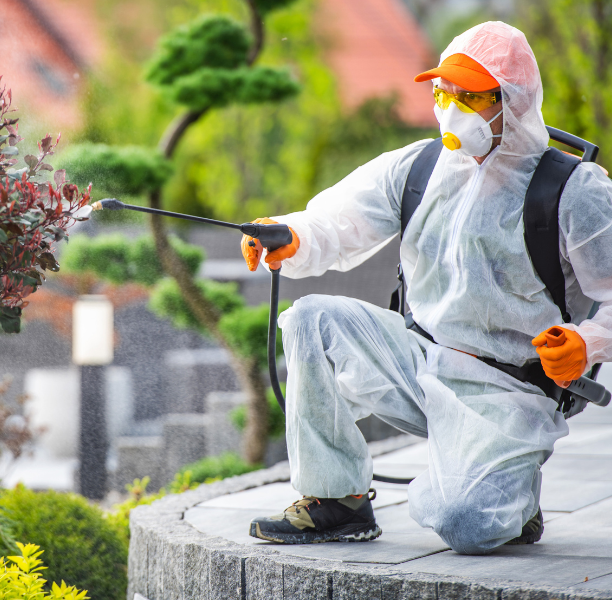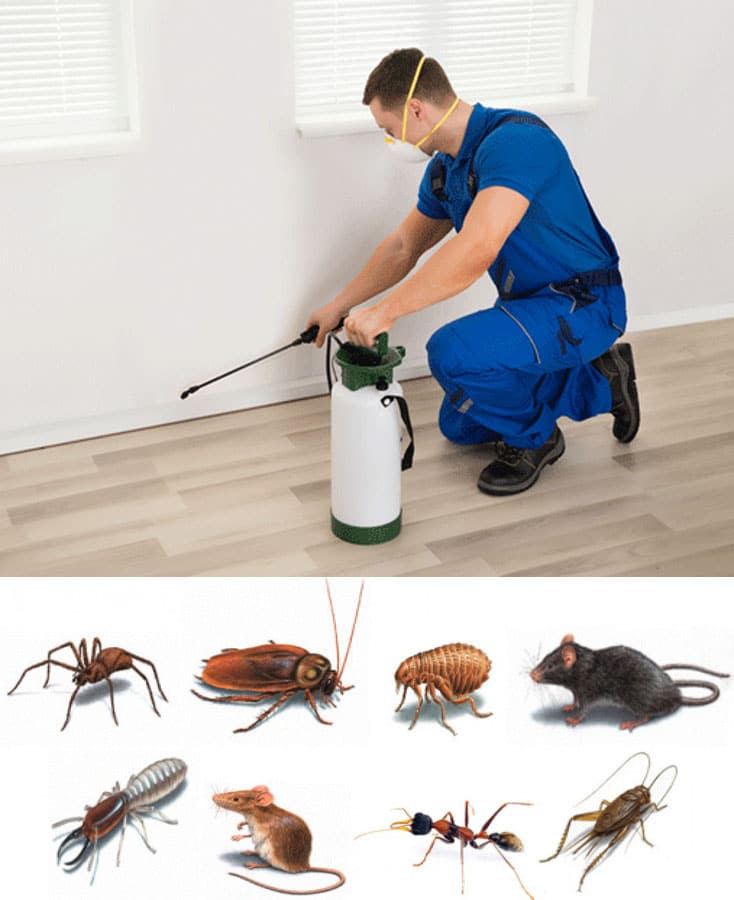Effective Coquitlam Pest Control Solutions for a Pest-Free Environment
Effective Coquitlam Pest Control Solutions for a Pest-Free Environment
Blog Article
Safe and Dependable Pest Control for Lasting Protection
Efficient parasite monitoring requires a multifaceted approach that stabilizes ecological integrity with the requirement for effective bug reductions. The subtleties of these methods may not be instantly clear, motivating a more detailed assessment of the techniques that can lead to sustainable bug control outcomes.
Comprehending Pest Control Approaches
Bug control includes a range of techniques targeted at managing and getting rid of undesirable bugs and rodents that can intimidate both wellness and residential or commercial property. Comprehending these methods is vital for effective insect management.
The primary categories of parasite control methods include mechanical, biological, and chemical approaches. Mechanical methods involve physical obstacles and catches to stop insect access and capture undesirable varieties. Making use of displays on home windows or utilizing sticky traps can considerably decrease insect populations without introducing unsafe compounds - exterminator coquitlam.

Chemical bug control is frequently the most acknowledged approach, using pesticides to remove insects. These chemicals can be reliable but must be utilized with caution to stay clear of negative impacts on non-target species and the setting.
Advantages of Eco-Friendly Solutions
Just how can eco-friendly options transform parasite control methods? The fostering of environmentally friendly parasite control techniques uses many advantages, substantially enhancing the efficiency and safety and security of insect monitoring.

One more benefit is the positive impact on local biodiversity. Green solutions are made to target specific pests while preserving beneficial insects and wild animals, promoting a well balanced environment. This strategy lines up with the growing customer need for lasting methods, enhancing the track record of parasite control providers.
Integrated Bug Administration Strategies
The execution of eco-friendly solutions naturally results in the adoption of Integrated Pest Monitoring (IPM) methods, which further improve bug control efficiency. IPM is a holistic technique that combines several strategies to handle bug populaces while decreasing ecological impact. This technique stresses making use of organic, cultural, mechanical, and chemical controls, ensuring a sustainable and well balanced method of pest monitoring.
One basic facet of IPM is the comprehensive assessment of insect task and ecological conditions. By keeping track of parasite populations and determining their life process, practitioners can apply targeted interventions that disrupt the parasite's habitat or lifecycle, decreasing reliance on chemical pesticides. In addition, cultural methods such as crop rotation and environment control can substantially diminish pest establishment and reproduction.
An additional critical element is making use of biological control representatives, see post such as beneficial pests or bacteria, which can normally reduce bug populaces. When chemical applications are required, IPM focuses on using low-risk chemicals and applies them selectively, minimizing direct exposure to non-target organisms and people.
Including IPM strategies not just improves bug control performance but also promotes a more secure ecological community, lining up with the expanding need for lasting practices in bug management.
Safe Practices for Homeowners
Understanding the relevance of safe methods in bug control can equip house owners to properly handle insect concerns while safeguarding their wellness and the atmosphere. Applying safe methods and precautionary procedures is important in minimizing direct exposure to unsafe chemicals.
Homeowners must initially examine their environment for conditions that attract insects, such as standing food, clutter, and water waste. Routinely cleansing and sealing entrance points can hinder parasites from getting into the home. Utilizing all-natural deterrents, such as essential oils or diatomaceous earth, can provide efficient options to chemical pesticides.
When chemical therapies are needed, home owners need to go with products that are particularly identified as risk-free for household use. It is necessary to comply with application guidelines thoroughly to prevent too much exposure. In addition, utilizing targeted treatments in areas where bugs are identified, instead than blanket splashing, can significantly decrease chemical usage.
Finally, preserving open interaction with parasite control professionals is essential. House owners should ask about the safety of products made use of and request green alternatives whenever feasible. By adopting these safe methods, homeowners can produce a much healthier living atmosphere while efficiently managing parasite problems.

Tips for Long-Term Defense
Developing a parasite administration approach that emphasizes long-term security can significantly you could try these out boost the performance of the risk-free techniques formerly gone over. To attain this, home owners need to carry out normal evaluations of their property, concentrating on concealed areas such as attics, basements, and crawl areas. Early detection of pest activity is vital in preventing problems from taking hold.
These methods reduce attractants that draw pests right into the home. Securing entrance points, such as splits around doors and windows, can successfully block potential bug access.
Landscape design must also be thought about; maintaining plants trimmed and keeping a distance between vegetation and the home minimizes hiding areas for pests. Using all-natural deterrents, such as essential oils or diatomaceous planet, can even more dissuade invasions without turning to severe chemicals.
Last but not least, working together with a professional pest control service for regular analyses can offer an additional layer of security. These experts can provide customized referrals and progressed therapies, ensuring that your home continues to be shielded against bugs in the lengthy term.
Final Thought
In verdict, reputable and risk-free parasite control requires a diverse method that stresses environment-friendly approaches and incorporated insect administration. By implementing natural deterrents, carrying out regular inspections, and maintaining correct cleanliness, building proprietors can considerably minimize pest populations while securing advantageous insects and the environment. Partnership with specialist insect control services enhances the efficiency of these methods, ensuring customized solutions that offer enduring protection and satisfaction versus future invasions.
Effective parasite administration needs a multifaceted approach that balances eco-friendly stability with the requirement for efficient pest suppression. The fostering of green insect control methods uses many advantages, dramatically enhancing try these out the effectiveness and security of parasite monitoring.The implementation of green remedies naturally leads to the fostering of Integrated Bug Monitoring (IPM) methods, which additionally boost pest control effectiveness. exterminator coquitlam. By keeping an eye on pest populations and determining their life cycles, practitioners can carry out targeted treatments that interrupt the insect's habitat or lifecycle, decreasing reliance on chemical pesticides.In conclusion, trusted and risk-free bug control requires a complex method that stresses eco-friendly approaches and integrated bug monitoring
Report this page